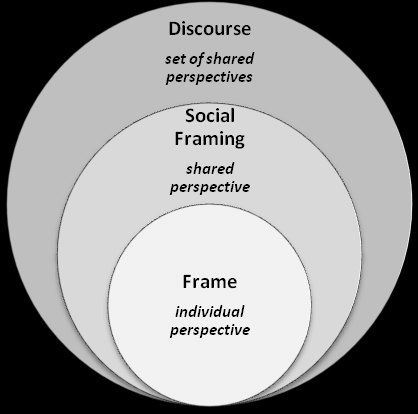
Week 6: Staging and the Representation of Discourse Structure
Speakers and writers often use a range of structures and devices to signpost their arguments. These signposts link what they are saying to what they have said before, and to what they are going to say. Discourse structure is a term used to describe the way in which an entire text is organised – for example, how language is used in a poem, in a newspaper article, or in a speech designed to read aloud.
Discourse structure (DS) is difficult to define, there is at least agreement that coherent discourse (multi-sentence dialogue or monologic text) is more than a sequence of propositions, just as sentences are more than sequences of words. In discourse, both explicit and implicit devices signify links between sentences, between groups of sentences, and between elements within sentences, and in turn, carry additional elements of discourse semantics. DS represents to cover all aspects of the internal organisational structure of a discourse. DS thus subsumes notions such as segmentation, relations between segments (informational and intentional), anaphoric relations, modal subordination, discourse topic, thematic progression, etc



